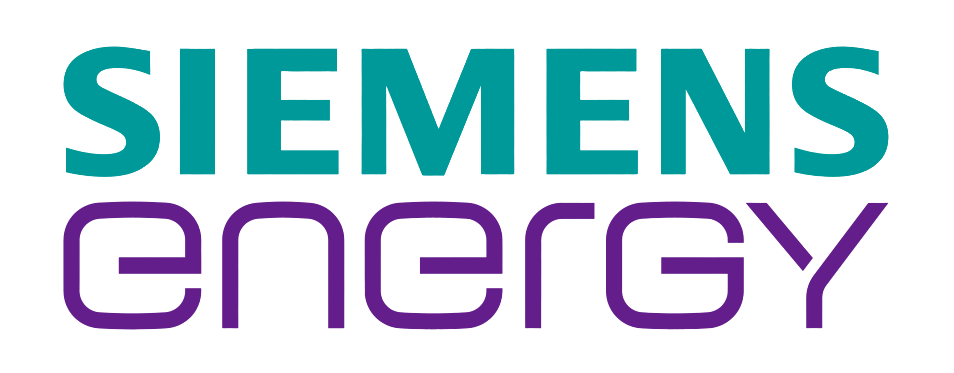Trump’s Tariffs and the Shockwave Curve: Automotive at a Crossroads
 Mobility
Mobility
Global supply chains are breaking. Margin structures are shifting. The rules of automotive competitiveness are being rewritten.
The Trump tariff agenda in 2025 signals more than a policy change. It reflects a deeper structural realignment that is reshaping how the automotive industry operates. With steep tariffs on steel, aluminum, and Chinese components, manufacturers face mounting pressures across sourcing, production, and profitability.
The Shockwave Curve framework outlines how these disruptions evolve—from immediate cost shocks to deeper operational shifts. First-order effects include rising input costs and logistical uncertainty. Second-order consequences emerge through supply chain restructuring, supplier consolidation, and reduced innovation capacity. Third-order impacts touch R&D migration, talent dispersion, and long-term platform strategy.
OEMs are responding by regionalizing production, redesigning components for local manufacturing, and moving investment toward digital vehicle architectures that are less exposed to geopolitical volatility. At the same time, Tier 2 suppliers are facing critical stress. Capital constraints and lack of technical differentiation are putting many at risk of acquisition or collapse.
The new reality divides players into two groups—those building resilience proactively, and those reacting too late. This report provides a data-backed view into the risks, inflection points, and opportunity zones shaping the global automotive map.
Contact us about building resilience into your roadmap.



 2 min read
2 min read
































